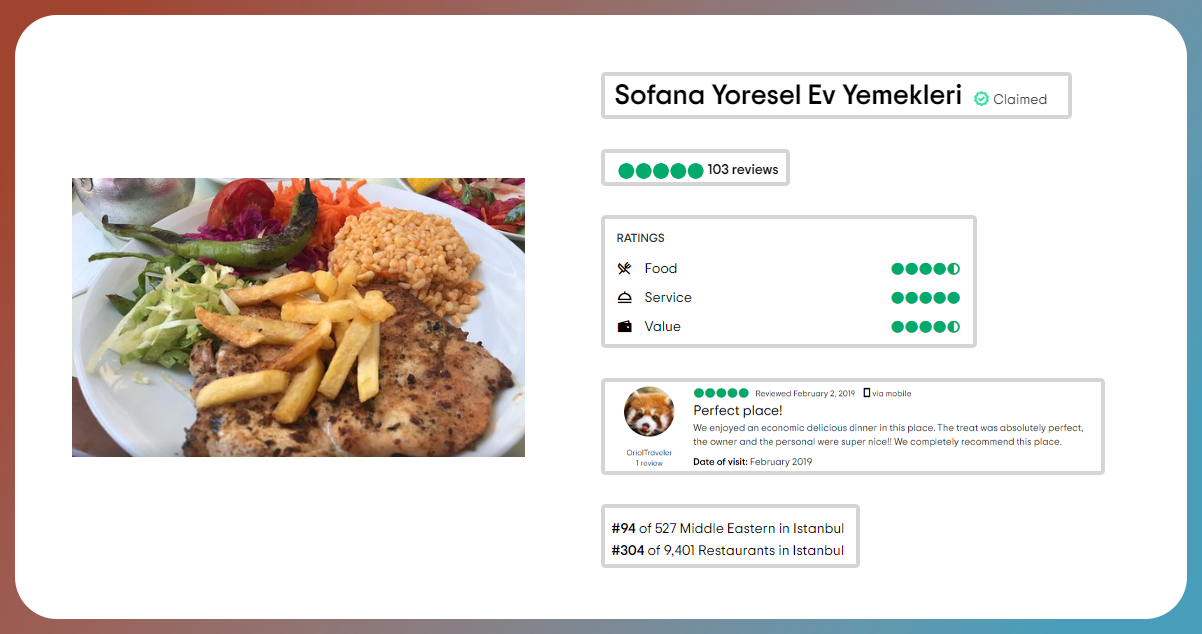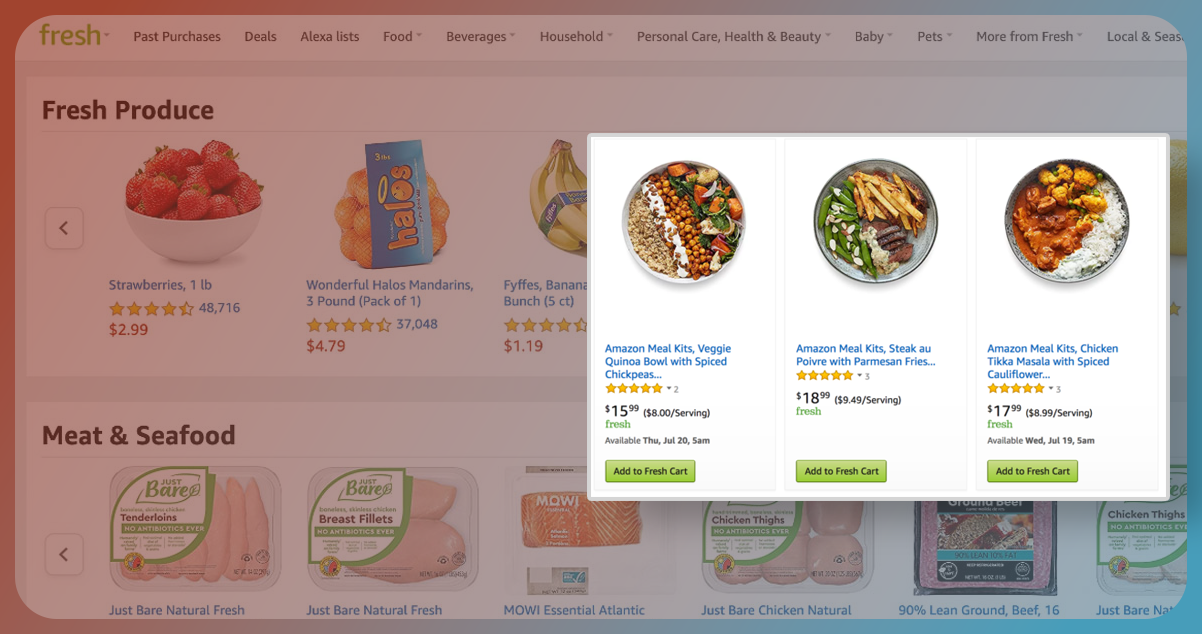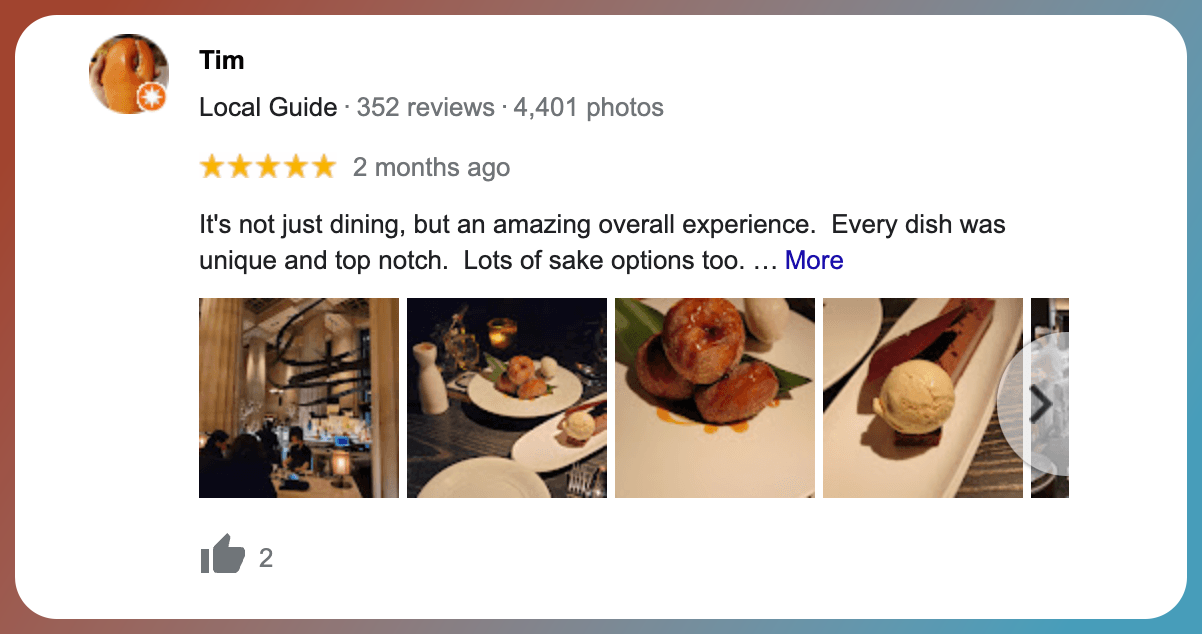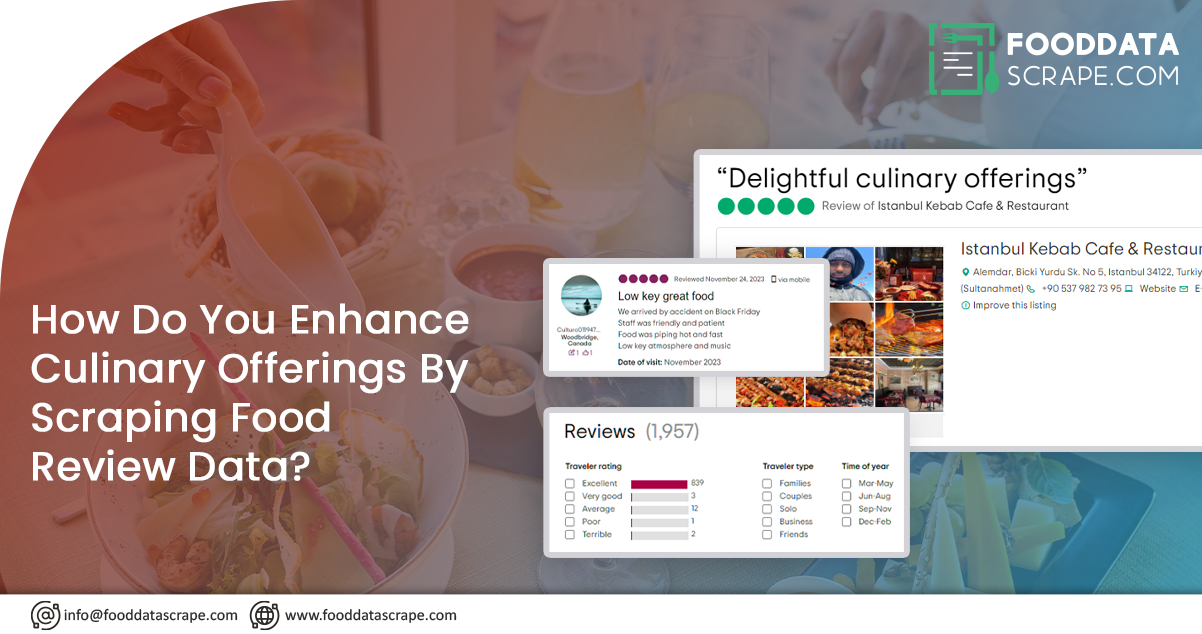In today's digital landscape, online reviews wield significant influence over consumer decisions, particularly in the food industry. Platforms such as Yelp, Amazon, and various review hubs serve as virtual meeting grounds where users passionately narrate their culinary adventures, impacting the choices of others. Web scraping emerges as a potent tool to gather reviews and ratings across diverse food products and restaurants, unraveling invaluable insights. By navigating through the expansive sea of user-generated content on these platforms, businesses can glean nuanced perspectives, discern emerging trends, and refine their offerings. This data-driven approach enables establishments to adapt to evolving consumer preferences, optimize pricing strategies, and fortify their positions in an increasingly competitive market. Ultimately, web scraping food review data becomes a gateway to a deeper understanding of customer sentiments, fostering strategic decision-making and elevating the culinary experience.
List of Data Fields

- Review Text
- Star Ratings
- Reviewer Information
- Date of Review
- Product or Restaurant Name
- Review Title
- Likes
- Upvotes
- Dislikes
- Delivery Experience
- Quality of Service (for Restaurants)
- Ingredients Preferences
- Comparative Analysis
About Yelp

Yelp, founded in 2004, is a prominent online platform connecting consumers with local businesses through user-generated reviews and ratings. Operating globally, Yelp covers a broad spectrum of industries, strongly focusing on restaurants and services. Users share experiences, providing insights into the quality of establishments. Yelp's influence on consumer decisions is substantial, shaping the success of businesses. The platform's comprehensive features, including photos and detailed reviews, contribute to its reputation as a go-to resource for individuals seeking trustworthy information about local businesses, making it a pivotal player in the digital review landscape. Scrape Yelp reviews data to gain valuable insights into consumer sentiments, identify emerging trends, and enhance business strategies based on authentic and detailed feedback from diverse local establishments.
About Amazon

Within the realm of food products, Amazon has established itself as a leading online marketplace. Amazon offers a vast selection ranging from pantry staples to gourmet delights; Amazon has transformed how consumers access and purchase groceries. The platform provides a convenient and diverse shopping experience featuring various global and local food brands. With features like customer reviews and fast delivery services, Amazon has become a trusted destination for food enthusiasts, enhancing accessibility and choice in the ever-expanding world of online grocery shopping.
Scrape Amazon food review data to uncover valuable insights into consumer preferences, product perceptions, and market trends. Analyzing these reviews provides businesses with a comprehensive understanding of customer feedback, enabling them to refine offerings, optimize marketing strategies, and stay attuned to the dynamic landscape of the online food marketplace.
By scraping food delivery data from these platforms, businesses can gain a holistic view of customer sentiments, preferences, and areas for improvement.
1. Unveiling Consumer Sentiments: Web scraping food review platforms allow businesses to delve into the sentiments expressed by consumers in reviews. Positive comments highlight strengths, while negative feedback points to areas needing attention. This nuanced understanding aids in refining offerings and enhancing overall customer satisfaction.
2. Identifying Trends and Preferences: Analyzing a large volume of reviews using reviews data scraper provides valuable insights into emerging culinary trends and consumer preferences. Businesses can identify popular dishes, favored cuisines, and unique selling points, enabling them to tailor their menus or product offerings accordingly.
3. Competitive Analysis: Scraping reviews from competitors offers a strategic advantage. Understanding what aspects customers appreciate or criticize in similar establishments or products allows businesses to position themselves effectively, differentiating their offerings in a crowded market.
4. Quality Control and Improvement: For food product manufacturers, scrutinizing Amazon reviews helps improve quality control and product quality. Feedback on taste, packaging, and overall satisfaction guides adjustments, ensuring that products align with customer expectations.
5. Pricing Strategy Optimization: Review data often contains insights into how customers perceive the value of the food or products and their cost. Analyzing this information aids in fine-tuning pricing strategies for optimal market positioning.
6. Building Brand Reputation: Positive reviews build a strong brand reputation. Sharing favorable feedback on social media or company websites enhances credibility and encourages customer loyalty. Conversely, addressing negative reviews demonstrates responsiveness and a commitment to customer satisfaction.
7. Customer Engagement and Loyalty: Engaging with customers through reviews fosters a sense of community. Whether positive or negative, responding to feedback showcases a commitment to customer satisfaction, fostering loyalty, and building lasting relationships.
Reasons for Scraping Reviews Platforms for Food Products

Consumer Feedback Analysis: Scraping review platforms provide a systematic approach to analyzing consumer feedback. Understanding what customers appreciate or dislike about food products helps shape business strategies.
Product Improvement Insights: Businesses can identify recurring patterns or issues consumers mention by collecting reviews using review data scraping services. This data becomes invaluable for making informed decisions to enhance product quality and meet customer expectations.
Competitor Benchmarking: Scrutinizing reviews for competing food products allows businesses to benchmark their offerings. This competitive analysis informs strategic decisions and helps position products effectively in the market.
Trend Identification: Restaurant review scraping aids in identifying emerging trends in the food industry. This insight enables businesses to adapt quickly, offering products that align with evolving consumer preferences.
Brand Reputation ManagementMonitoring reviews is crucial for brand reputation management. Businesses can respond to feedback, address concerns, and showcase positive experiences, actively managing their online image.
Pricing Strategy Optimization: Extracted review data offers insights into how customers perceive the value of food products and their prices. This information is instrumental in optimizing pricing strategies for competitiveness and profitability.
Marketing Strategy Tailoring: Tailoring marketing strategies based on insights from reviews ensures that promotional efforts resonate with the target audience. You can incorporate positive aspects highlighted in reviews into advertising campaigns.
Informed Decision-Making: Scraping review platforms provide businesses with a data-driven foundation for decision-making. Decisions are grounded in real customer experiences and preferences, from product development to marketing campaigns, reducing reliance on assumptions.
Scraping review platforms for food products offer a comprehensive understanding of the market landscape, empowering businesses to make strategic, informed decisions that drive product enhancement, customer satisfaction, and overall success in the competitive food industry.
Conclusion:
Scraping food product data emerges as a transformative practice for businesses navigating the intricate landscape of culinary offerings. The insights from this data provide a compass for strategic decision-making, allowing businesses to meet and exceed customer expectations. From understanding evolving consumer preferences and identifying market trends to optimizing pricing strategies and enhancing product quality, the value of scraped food product data is immeasurable. By embracing this data-driven approach, businesses can craft a tailored and dynamic culinary experience, fostering customer loyalty and ensuring sustained success in the ever-evolving realm of the food industry.
For profound insights, connect with Food Data Scrape. We specialize in Food Data Aggregator and Mobile Restaurant App Scraping., offering comprehensive data analytics and insights to enrich your decision-making and elevate your business strategies. Reach out today to unlock a pathway to success guided by data-driven intelligence.

































































































